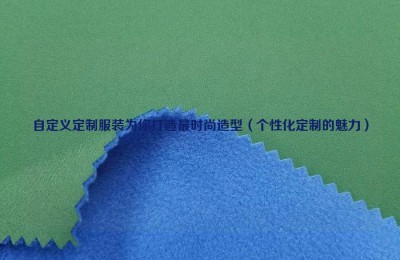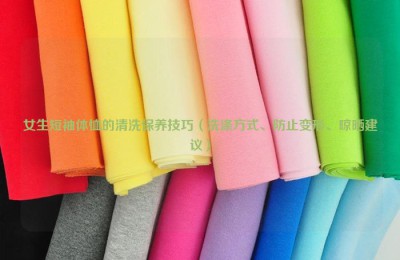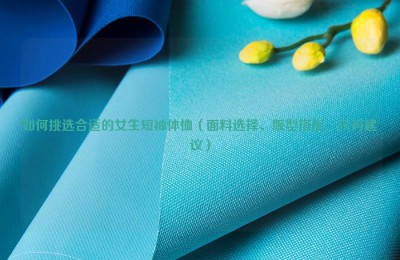Cotton farmers in Tarim Township, Yuli County, Xinjiang, said that the overall growth of cotton grown using dry sowing and wet seeding technology this year is good, and local cotton has begun to bud. It is understood that after cotton enters the budding stage, various regions must conduct classified management based on seedling conditions. In the first-class cotton fields, the cotton plants have strong vegetative growth and must be reasonably controlled to delay the time of watering. Shape the ideal plant shape to promote cotton plants to produce early bolls, multiple bolls, and large bolls; the second-category cotton fields should be combined with promotion and control to promote early and high-yield cotton plants; the third-category cotton fields develop late and have weak growth, so water and fertilizer should be used to promote them. This method promotes early growth of cotton seedlings.
(1) Cultivate the soil and promote root penetration
Intertillage and soil cultivation during the budding stage of cotton are key measures to achieve stable growth and increased budding. This measure has many advantages, such as eradicating weeds, breaking compaction, increasing soil aeration, retaining moisture and preventing lodging, and is also beneficial for furrow irrigation and drainage in cotton fields. When cultivating, it should be flexibly controlled according to seedling conditions, weather, soil conditions, etc. In particular, cultivating should be carried out after rain or irrigation. Cotton fields with strong growth should be deeply cultivated to cut off some lateral roots and control the growth of cotton plants.
(2) Steady application of bud fertilizer
Fertilizing cotton during the bud stage should not only promote the ability of cotton plants to increase branches and leaves, but also prevent excessive growth caused by excessive fertilization. Fertilizing cotton should be determined based on soil fertility, cotton plant growth and weather conditions. For high-fertilizer fields, it is not suitable to apply nitrogen fertilizer during this period. Instead, 15-25 kg/mu of decomposed cake fertilizer can be applied to achieve the purpose of “bud fertilizer for flowers”. For fields with medium fertility, 8-10 kg/acre of ammonium sulfate can be applied to increase leaf area. For fields with low soil fertility and weak cotton plant growth, it is necessary to apply nitrogen fertilizer early and appropriately to increase the nutritional area and thereby increase the number of buds.
(3) Irrigation
After cotton budding, vegetative growth and reproductive growth accelerate, and the temperature gradually rises, which strengthens the transpiration of cotton plants, thus requiring more soil moisture than in the seedling stage. Irrigation during the budding period should be based on cotton plant growth, soil moisture and weather. The amount of watering during the budding stage should be light, and cultivating should be carried out promptly to maintain moisture after watering. Special attention should be paid to weather conditions when irrigating cotton areas in the Huanghuai River Basin. If there is rain in a short period of time, fertile cotton fields would rather cause cotton leaves to wilt for a short period of time at noon than rain after watering. If the cotton field is really dry and requires irrigation, attention should also be paid to controlling the amount of irrigation to prevent the cotton plants from growing wildly.
(4) Timely pruning
Cotton pruning during the bud stage can effectively regulate the relationship between vegetative growth and reproductive growth, change the direction of nutrient transport and distribution, reduce unnecessary consumption of nutrients, and facilitate budding and boll growth. The pruning of cotton plants during the bud stage is to remove the vegetative branches below the first fruit branch. The earlier the pruning time during the bud stage, the better. However, in areas where seedlings are lacking and at the edge of fields and ditches, 1-2 vegetative branches can be retained to gain more energy. Many buds and bells.
(5) Prevention and Control of Pests and Diseases
Some of the diseases and insect pests that occur in the cotton bud stage can directly harm the cotton buds and cause the cotton buds to fall off; although some directly harm the leaves, they indirectly affect the cotton budding and even cause the cotton buds to fall off, so Timely prevention and treatment is required. The main insect pests in the cotton bud stage include cotton aphids, blind stink bugs, red spider mites, etc. The main disease is cotton fusarium wilt, which needs to be detected early in production and timely and targeted prevention and control should be implemented.
AAAGHRTYJYITLUY






